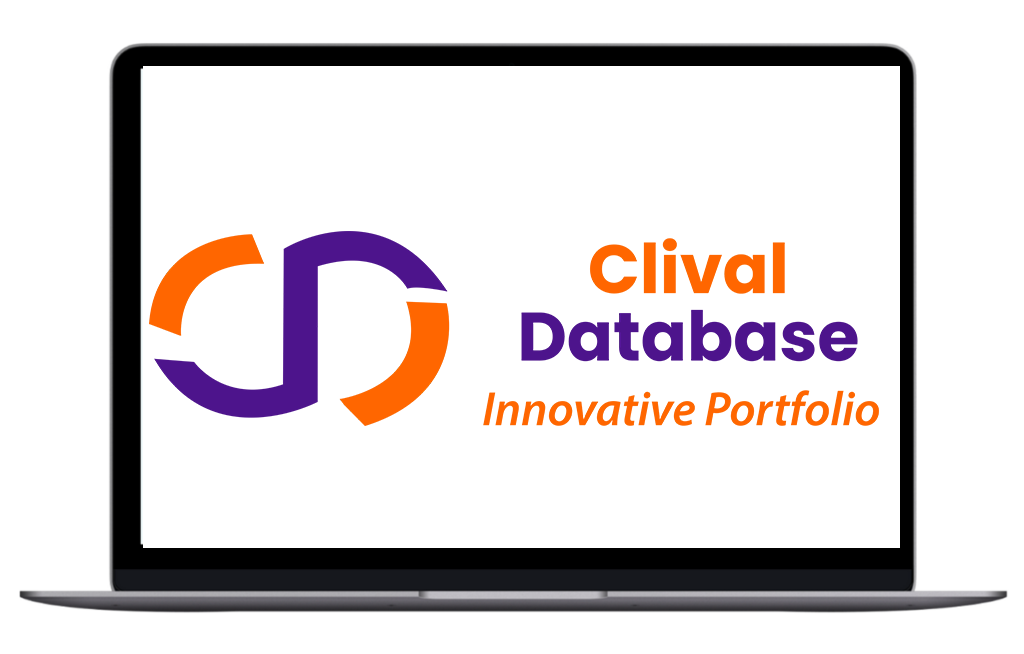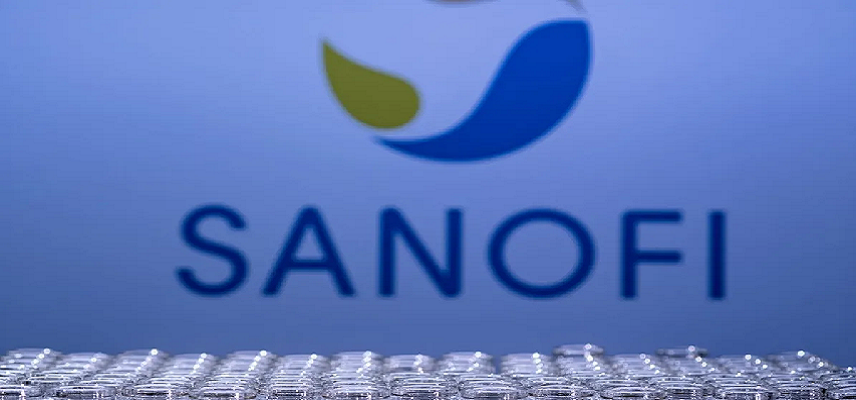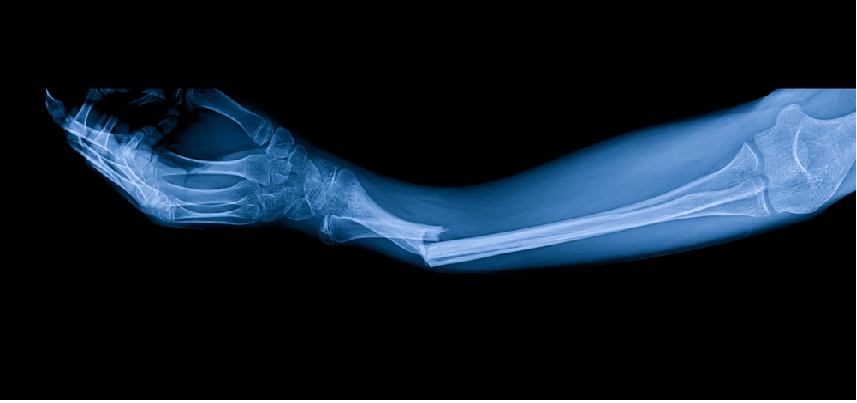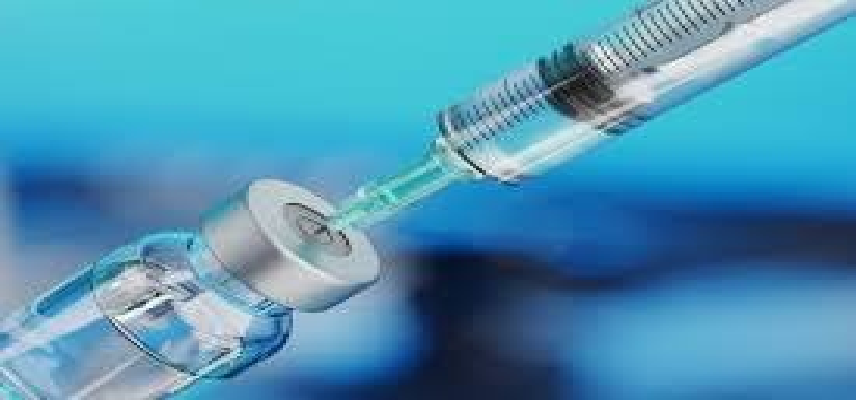Sanofi’s Phase 2 Study of Frexalimab Shows Reduction of Key Biomarker of Nerve Cell Damage
Sanofi’s phase 2 study of frexalimab shows reduction of key biomarker of nerve cell damage in relapsing MS
Overview
Sanofi’s CD40L monoclonal antibody, frexalimab, reduced a key biomarker associated with multiple sclerosis nerve cell damage in patients with relapsing MS, supporting the rationale for this novel mechanism in MS phase 3 studies aiming to delay disability progression. New phase 2 results showed significant reduction in plasma levels of neurofilament light chain (NfL) after one year of treatment, a biomarker of nerve cell damage that is typically elevated in people living with MS. These data were presented at the 10th Congress of the European Academy of Neurology (EAN) in Helsinki, Finland.
Statement from CHU Lille
- Patrick Vermersch, MD, PhD, University of Lille, CHU Lille, France, said: “As our science and diagnostic tools have evolved, so has our understanding of multiple sclerosis. We now know that NfL levels may be related to both acute inflammatory damage and chronic diffuse neuronal loss leading to disability progression, strengthening its position as a key biomarker of nerve cell damage in people with multiple sclerosis.”
- These data presented at EAN suggest that CD40L inhibition may reduce nerve cell damage in people with multiple sclerosis and reinforce the potential of frexalimab to slow or halt disease progression for people living with this disease.
Words from Global head (neurology): Sanofi
Erik Wallström, MD, PhD, and global head of neurology development, Sanofi, said: “People with multiple sclerosis need new high-efficacy treatment options that target disability progression, which remains an unmet need. These results, alongside the previously reported phase 2 efficacy and safety results, further show that frexalimab’s novel mechanism of action has the potential to deliver meaningful improvements for people living with this chronic and debilitating disease.”
Phase 2 Study
- Ninety-seven percent (125/129) of the study participants from the initial 12-week double-blind period entered the open-label extension (OLE) of the phase 2 study, and 87% (112/129) remained in the study by the 48-week cut-off.
- During the OLE, treatment groups consisted of participants with relapsing MS receiving either high-dose frexalimab regimens (frexalimab-high), low-dose frexalimab regimens (frexalimab-low), or placebo-matched groups that switched to matching high or low doses of frexalimab at week 12 (placebo-low/frexalimab-low and placebo-high/frexalimab-high).
- Plasma NfL samples were collected and analyzed from all four groups at baseline, week 12, week 24, and week 48.
NfL Biomarker Results from the Phase 2 Study Showed:
- Plasma NfL levels (geometric mean pg/ml [SD]) were similar across all study groups at baseline and were reduced across all four treatment groups by week 48.
- Participants receiving high-dose frexalimab experienced a 41% reduction in plasma NfL levels from baseline (11.5 [1.9]) to week 48 (6.8 [2.0]), the greatest NfL level reduction across the four treatment groups.
- Participants receiving low-dose frexalimab experienced a 35% reduction in plasma NfL levels from baseline (12.4 [1.9]) to week 48 (8.1 [1.7]).
Placebo-High Group Patients
Participants in the placebo-high group who switched to high-dose frexalimab at week 12 experienced a 24% reduction in plasma NfL levels from baseline (12.6 [2.1]) to week 48 (9.6 [1.7]) and by 39% from week 12 when switched from placebo to high-dose frexalimab.
Placebo-Low Group Patients
Participants in the placebo-low group who switched to low-dose frexalimab at week 12 experienced a 33% reduction in plasma NfL levels from baseline (11.8 [1.9]) to week 48 (7.8 [2.1]) and by 39% from week 12 when switched from placebo to low-dose frexalimab.
Double-Blind Study Results
In February 2024, 12-week double-blind study period results were published in The New England Journal of Medicine, and at AAN in April 2024, 48-week open-label extension efficacy and safety data were featured in an oral presentation.
Phase 3 Studies of Frexalimab
Sanofi has initiated global phase 3 studies of frexalimab in relapsing MS (NCT06141473) and non-relapsing secondary progressive MS (NCT06141486), which have begun enrolling participants.
Phase 2 Study
- The phase 2 study was a randomized, double-blind, placebo-controlled study evaluating frexalimab in participants with relapsing MS.
- Participants were randomized (4:4:1:1) to receive either high dose (frexalimab 1200 mg intravenously every four weeks, with an initial 1800 mg loading dose) or low dose (frexalimab 300 mg subcutaneously every two weeks, with an initial 600 mg loading dose) frexalimab or matching placebo for 12 weeks (part A).
- The primary endpoint was the reduction in the number of new Gd+ T1 MRI brain lesions at week 12.
- Secondary endpoints included additional MRI-based efficacy measures as well as the safety, tolerability, and pharmacokinetics of frexalimab.
- After week 12, participants receiving placebo switched to respective frexalimab arms and entered the open-label part B, which is currently ongoing.
About Frexalimab
- Frexalimab (SAR441344) is a potentially first-in-class second-generation CD40L antibody that blocks the costimulatory CD40/CD40L pathway which is important for activation and function of adaptive (T and B cells) and innate (macrophages/microglia and dendritic cells) immunity.
- Through this unique upstream mechanism of action, frexalimab has the potential to address both acute and chronic neuroinflammation in MS, without causing lymphocyte depletion.
- Frexalimab has significant indications under development, such as phase 2 studies in systemic lupus erythematosus and Type 1 diabetes, and its safety and efficacy have not been reviewed by any regulatory authority.
- Sanofi is developing frexalimab under an exclusive license from ImmuNext Inc.

Optimize Your trial insights with Clival Database.
Are you exhausted from the uncertainty of trial insights pricing? Clival Database ensures the clarity in the midst of the global scenario for clinical trials to you.Clival Database is one of the best databases that offers an outstanding number of clinical trial data in terms of 50,000+ molecules and from primary regulatory markets as well as new entrants like Indian and Chinese markets.
With Clival, you get accurate positioning of historical sales data, patent database, company profiling, safety & efficacy, and prediction of launch of new innovative molecules helping you to align your research and driving down the cost.
To add value, we further break down our analytics for you so that improving your operational effectiveness; optimizing your clinical trials; and offering you accurate and high-quality data at lowest possible prices becomes possible.
Elevate your trial success rate with the cutting-edge insights from Clival database.
Check it out today and make more informed sourcing decisions! Learn More!







